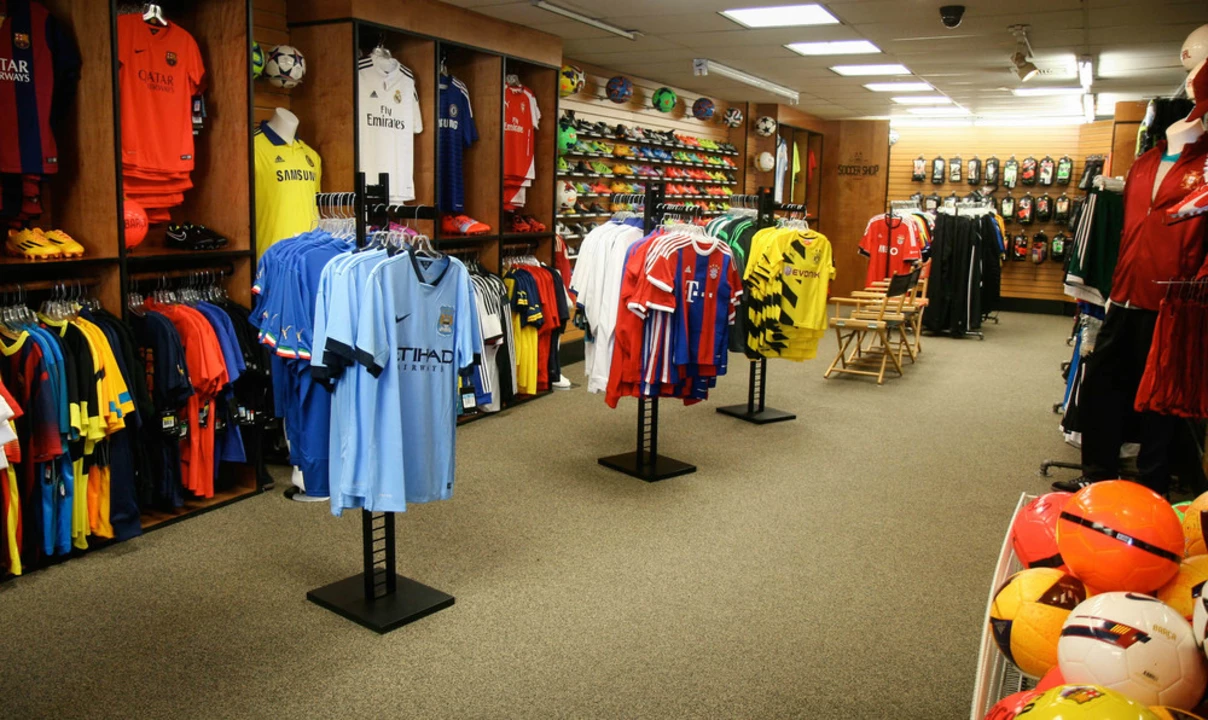Soccer Jerseys: Why They Cost What They Do and How to Choose Yours
If you’ve ever stared at a club’s jersey and wondered why it feels like buying a pricey tech gadget, you’re not alone. The price tag on a soccer jersey isn’t just about the fabric – it’s a mix of licensing fees, brand contracts, material quality, and fan demand. Understanding these factors helps you decide if you’re paying for a must‑have piece of history or just a good marketing ploy.
What Makes a Soccer Jersey Expensive?
First off, every top‑flight club signs a deal with a sportswear giant – Nike, Adidas, Puma, you name it. Those contracts include a royalty for every shirt sold, which the club passes on to you. Add to that the cost of high‑tech fabrics that wick sweat, stay breathable, and keep the colors vibrant after many washes, and the price climbs quickly.
Design is another hidden cost. Clubs often hire famous designers to create limited‑edition kits with unique patterns or historic references. Those special releases are produced in smaller batches, so the per‑shirt cost is higher. Finally, the badge and sponsor logos are licensed separately, and each logo adds a little extra to the final price.
How to Pick the Right Jersey for You
Knowing why a jersey costs what it does is useful, but picking the right one is personal. Start with fit – most jerseys come in regular, slim, and oversized cuts. If you plan to wear it on match days, a relaxed fit lets you layer a hoodie underneath. If you want it for casual wear, a slim fit looks sharper.
Material matters too. Poly‑ester blends are standard and good for everyday use. If you’re after the official match‑day feel, look for shirts labeled “performance” or “elite” – they’re lighter and more breathable but can be pricier.
Check the badge and sponsor placement. Some fans love the classic look with a small, embroidered club crest on the chest. Others prefer the modern vibe with big sponsor logos across the front. Your style choice will guide which version you buy.
Lastly, think about authenticity. Counterfeit jerseys can look convincing but often use cheaper fabrics and shrink quickly. Buying from the club’s official store or a trusted retailer guarantees you get the real deal and supports the team.
When you’ve settled on a design, keep the jersey in top shape: wash it inside‑out in cold water, avoid fabric softeners, and air‑dry it. This routine preserves colors and prevents the badge from peeling.
Whether you’re splurging on the latest home kit or hunting for a vintage replica, knowing the cost drivers and fit options makes the purchase feel smarter. So next time you add a jersey to your cart, you’ll know exactly what you’re paying for – and you’ll wear it with pride.
What are the best places to buy soccer jerseys?
As a soccer fan, I've discovered that the best places to buy soccer jerseys are official club stores, licensed online retailers like Fanatics and World Soccer Shop, and local sports stores. Sometimes, you can also find great deals on Amazon and eBay. Just make sure to check the authenticity and quality before purchasing, especially from individual sellers.
Kieran Donovan | May, 5 2023 Read More
